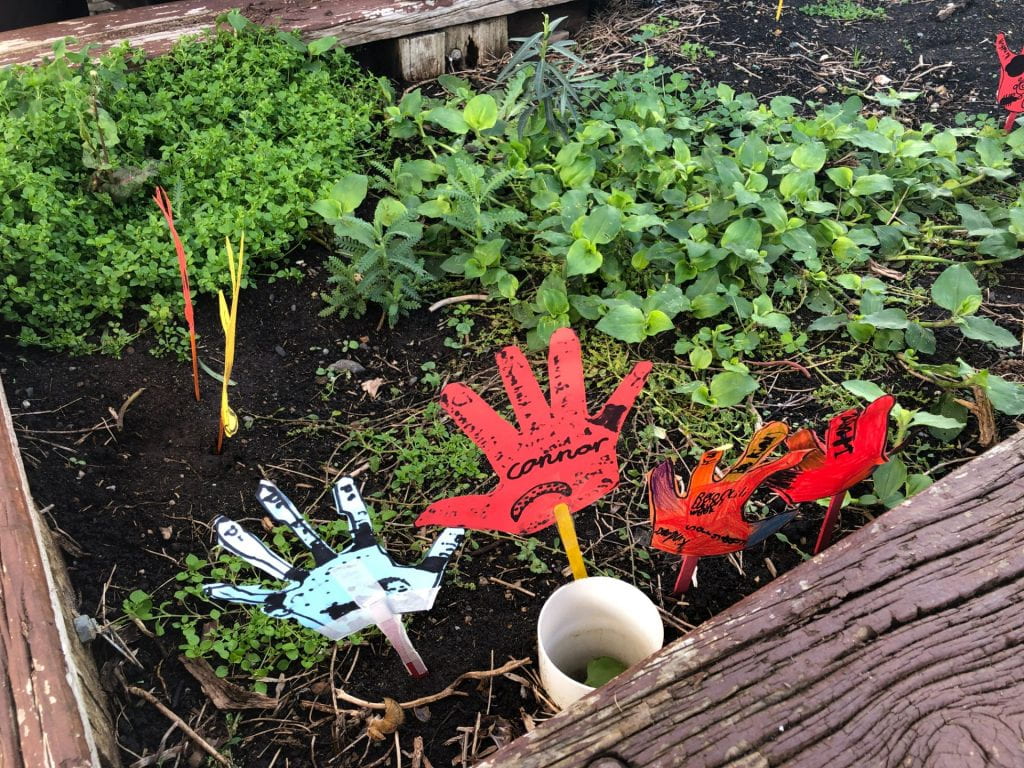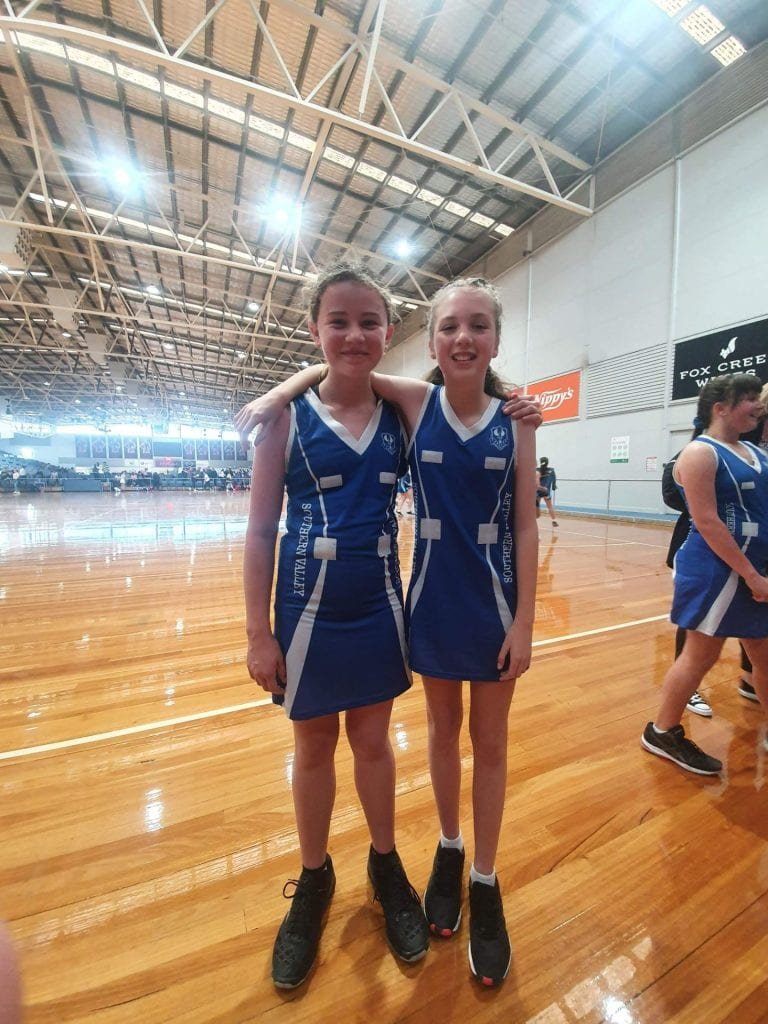Dear Families,
Between the 26th of May and the 3rd of June we have celebrated Reconciliation Week at HVPS. The theme for this year is More than a Word. Reconciliation takes action.
Reconciliation is a journey for all Australians – as individuals, families, communities, organisations and importantly as a nation. At the heart of this journey are relationships between the broader Australian community and Aboriginal and Torres Strait Islander peoples.
Our partnership is about to welcome a new Aboriginal Community Education Officer who will work across a number of schools including Aberfoyle Park High School.



Thank you to the families who attended our Working Bee last Sunday. We had beautiful weather and were able to mulch, spread out the bark chip pile by the front fence, tidied up trees in the Million Trees Forest and cleared out the water way in the Junior Primary Nature Play area.


We are in the process of developing a new student use of mobile phones and personal devices at school policy. Under the department’s policy primary aged students are not permitted to access their mobile phones and personal devices during the school day. Currently students are expected to drop their mobile phones off at the front office at the commencement of the school day and then collect them after 3:15pm. Any new processes will be communicated with our students and families once we have finalised the policy.
Towards the end of this term we will be conducting the Nationally Consistent Collection of Data on School Students with Disability (NCCD). NCCD is an annual collection of information about Australian school students with disability. The NCCD enables schools, education authorities and governments to better understand the needs of students with disability and how they can be best supported at school. Please find attached some parent and family information regarding this collection.
Two of our students, Neive and Jasmine have been representing HVPS in the School Sport SA, Southern Valley District Netball team. They have had games all week and we look forward to hearing about how the team performed.
Today we have Alex and Melinda, our Onkaparinga Waste & Recycle Support Officers along with Jeremy Gramp our Greening Adelaide Education Officer at school conducting a waste audit. Eco Leaders have collected our school’s waste since Wednesday and are spending the day sorting through our rubbish under the COLA. Once the sorting has been concluded, Alex and Melinda will provide the school with a report which will give us some recommendations of where to next with our school’s waste reduction.




Have a lovely weekend.
Kind regards,
Paul and Anthea



